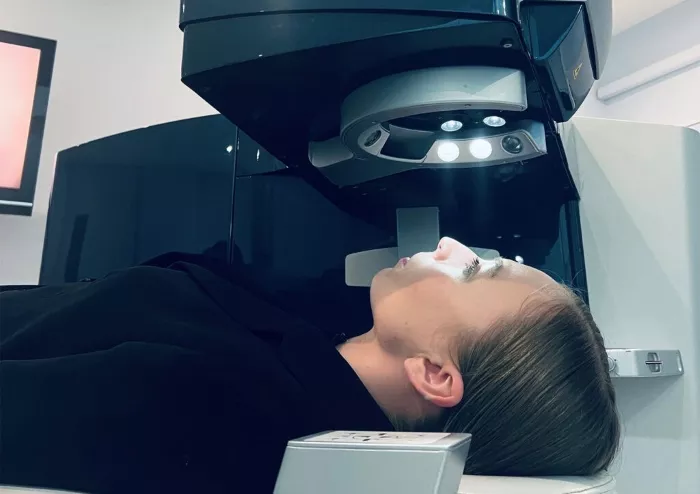Silkiss Eye Surgery is a modern vision correction procedure designed to improve eyesight and reduce dependency on glasses or contact lenses. This article provides a detailed overview of the procedure, its benefits, risks, and what to expect before, during, and after the surgery.
What is Silkiss Eye Surgery?
Silkiss Eye Surgery is a modern vision correction procedure designed to improve eyesight and reduce dependency on glasses or contact lenses. This advanced technique uses state-of-the-art technology to ensure precision and safety. It is suitable for people with various vision problems, including nearsightedness, farsightedness, and astigmatism.
How Does Silkiss Eye Surgery Work?
The procedure involves the following steps:
Consultation: An eye specialist evaluates your vision and determines if you are a suitable candidate.
Preparation: The eye is numbed with anesthetic drops, and a device is used to keep the eyelids open.
Laser Reshaping: A laser is used to remove microscopic layers of the cornea, correcting its shape.
Recovery: The healing process begins immediately, with most patients noticing improved vision within 24 hours.
Benefits of Silkiss Eye Surgery
Quick Results: Many patients achieve 20/20 vision or better shortly after the procedure.
Minimal Pain: The surgery is virtually painless due to numbing drops.
Long-Lasting Effects: The results are permanent, though age-related changes may occur.
Reduced Dependency: Most patients no longer need glasses or contacts for daily activities.
Risks and Considerations
While Silkiss Eye Surgery is generally safe, it carries some risks, including:
- Dry eyes
- Temporary glare or halos around lights
- Undercorrection or overcorrection of vision
- Rare complications like infection or corneal scarring
It’s important to discuss these risks with your surgeon during the consultation.
Who is a Good Candidate for Silkiss Eye Surgery?
Ideal candidates:
- Are over 18 years old
- Have stable vision for at least a year
- Have healthy eyes free from diseases like glaucoma or cataracts
- Are not pregnant or nursing
Preparing for Silkiss Eye Surgery
Before the procedure:
- Stop wearing contact lenses for a few weeks.
- Arrange for someone to drive you home after surgery.
- Follow all pre-surgery instructions provided by your doctor.
What to Expect During the Procedure
The surgery typically takes 10-15 minutes per eye. You will be awake but comfortable. The laser works quickly, and you may notice a slight pressure sensation.
Recovery and Aftercare
First 24 Hours: Rest your eyes and avoid screens.
First Week: Use prescribed eye drops and avoid rubbing your eyes.
Follow-Up Visits: Attend all scheduled appointments to monitor healing.
Most patients return to normal activities within a day or two.
Conclusion
Silkiss Eye Surgery offers a safe, effective, and long-lasting solution for vision correction. With its quick procedure time, minimal discomfort, and high success rate, it is an excellent option for those looking to reduce their dependence on glasses or contact lenses. If you are considering this surgery, consult with a qualified ophthalmologist to determine if it is the right choice for you.
Frequently Asked Questions
1. Is Silkiss Eye Surgery painful?
No, the procedure is painless due to numbing drops. Some patients may feel mild discomfort afterward.
2. How long does it take to see results?
Most patients notice improved vision within 24 hours.
3. Can both eyes be treated on the same day?
Yes, both eyes are usually treated during the same session.
4. What is the success rate of Silkiss Eye Surgery?
The success rate is over 95%, with most patients achieving 20/20 vision or better.
Related topics:
How Much Does Under Eye Surgery Cost? A Complete Guide
How Long Does It Take to Get Laser Eye Surgery?
Laser Eye Surgery with Insurance Costs: A Comprehensive Guide

